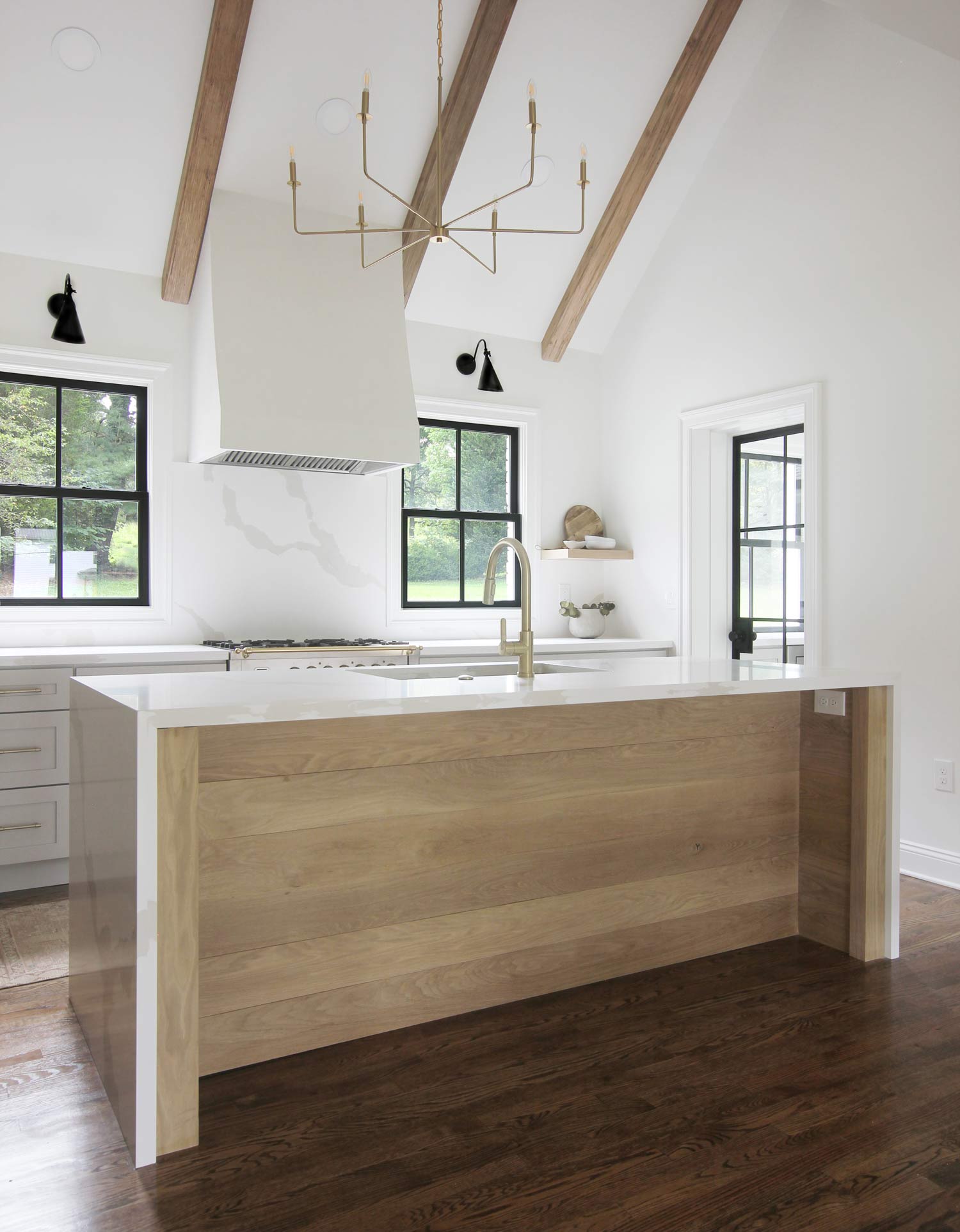Corner kitchen sink are an excellent space-saving solution that maximizes the usability of your kitchen design. By utilizing the corner area, these sinks create efficient workspaces and add a unique touch to your kitchen layout. In this guide, we will explore different styles and options for corner kitchen sinks, highlighting their features, benefits, and overall aesthetic appeal.
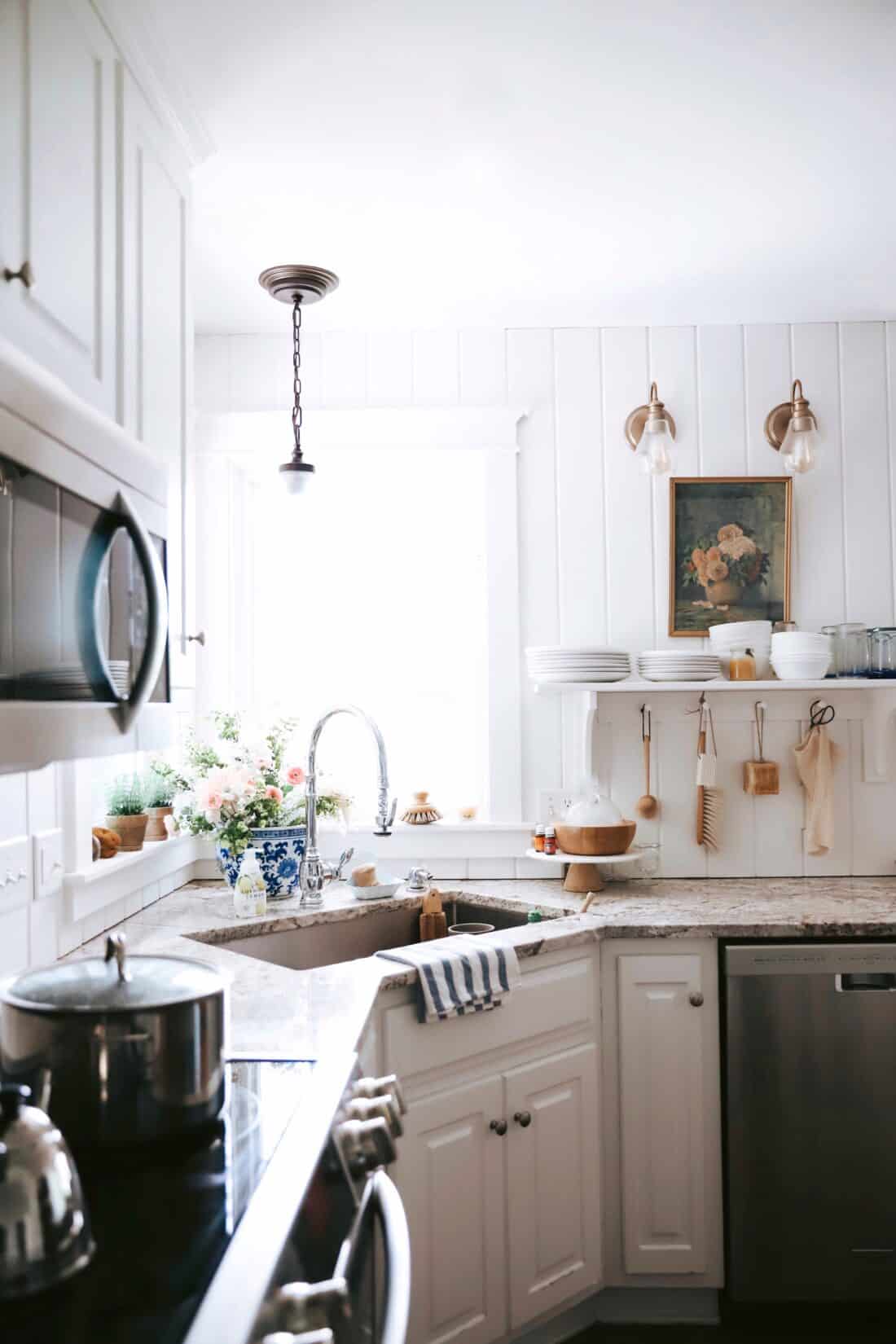
Single-Bowl Corner Sinks:
Single-bowl corner sinks feature a single basin, providing ample space for various kitchen tasks. Here are a few popular styles:
Undermount Single-Bowl Corner Sink: This sink style is mounted beneath the countertop, resulting in a seamless and clean look. It showcases the beauty of your countertops and allows easy cleaning of debris from the countertop directly into the sink.
Drop-In Single-Bowl Corner Sink: Also known as top-mount or self-rimming sinks, these are dropped into a pre-cut hole in the countertop. They are easy to install and provide a traditional and versatile option for corner sink designs.
Apron-Front Single-Bowl Corner Sink: This sink style, also known as a farmhouse sink, extends slightly beyond the countertop, creating a distinctive and classic look. With its exposed front panel, it adds a touch of charm and character to your kitchen.
Double-Bowl Corner Sinks:
Double-bowl corner sinks feature two basins, offering separate areas for various kitchen tasks. Here are a few popular styles:
Offset Double-Bowl Corner Sink: In this style, one bowl is larger while the other is smaller, offering flexibility for tasks such as washing dishes, food prep, and cleaning.
Equal Double-Bowl Corner Sink: This design features two symmetrical basins of the same size, providing balanced space for multitasking and managing separate tasks simultaneously.
60/40 Double-Bowl Corner Sink: In this configuration, one bowl is larger (typically 60% of the size) while the other is smaller. It allows for easier handling of larger pots and pans in the larger bowl.
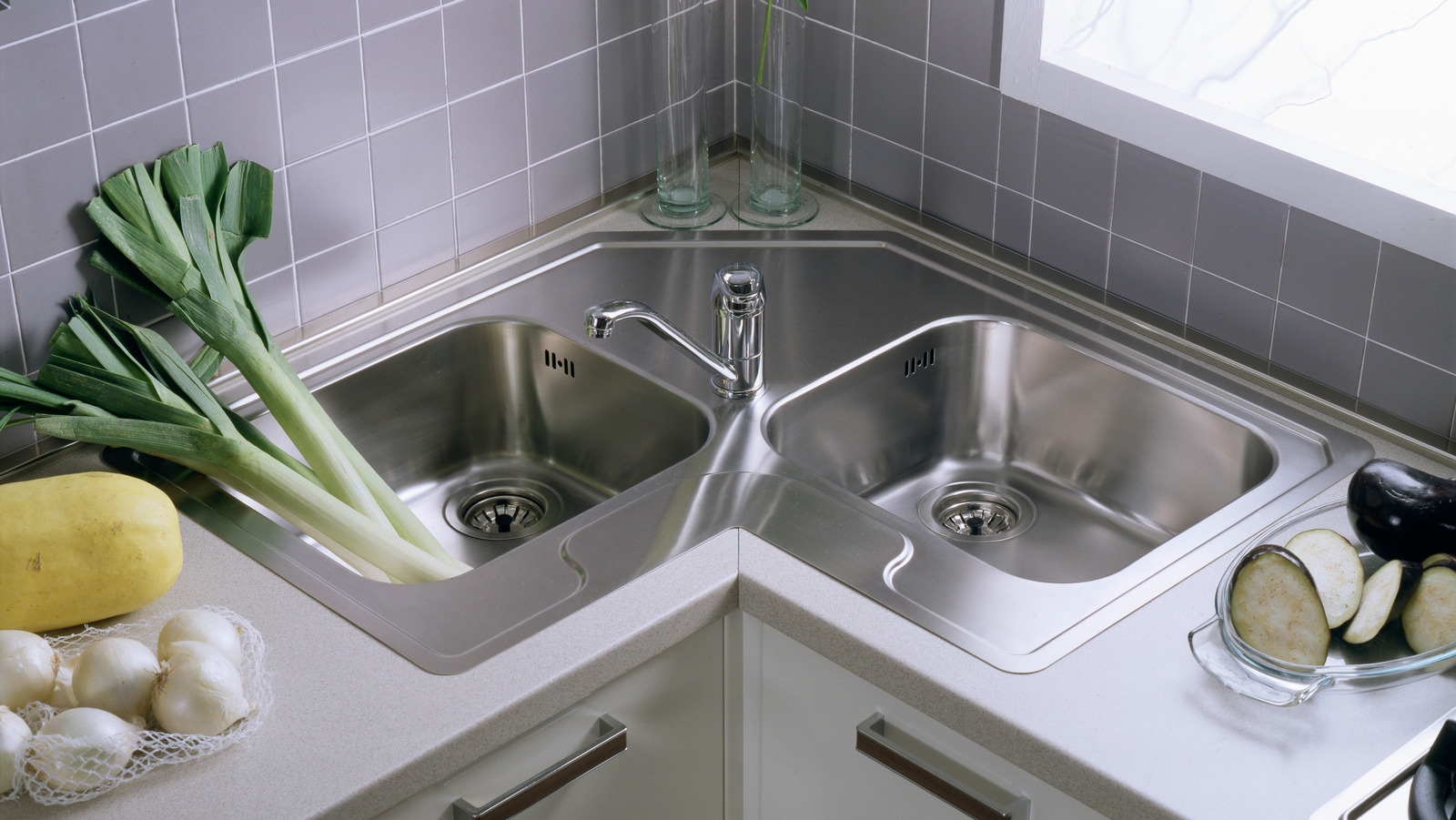
Triangular Corner Sinks:
Triangular corner sinks are specifically designed to fit perfectly into the corner space, maximizing usability and aesthetics. These sinks often have two equal-sized basins, making them ideal for small kitchens or for those who desire a unique and unconventional sink design.
Materials:
Corner kitchen sinks are available in various materials, offering different features and styles. Here are a few common options:
Stainless Steel: Stainless steel sinks are durable, easy to clean, and resistant to stains and corrosion. They complement different kitchen styles and provide a modern and sleek look.
Composite Granite: Composite granite sinks are made from a blend of granite stone and acrylic resins. These corner kitchen sink are highly durable, heat-resistant, and come in a variety of colors to match your kitchen decor.
Cast Iron: Cast iron sinks offer a classic and timeless appeal. They are known for their strength, durability, and resistance to chipping and scratching. Cast iron sinks are coated with enamel, which provides various color options.
Fireclay: Fireclay sinks are made from clay fired at high temperatures, resulting in a highly durable and heat-resistant finish. These sinks offer a clean and glossy look and are available in different colors.
Additional Features:
Consider these additional features when choosing a corner kitchen sink:
Number of Faucet Holes: Ensure that the sink has an appropriate number of faucet holes to accommodate your desired style and configuration.
Accessories: Some sinks come with accessories such as cutting boards, drain trays, or colanders that fit perfectly within the sink, enhancing functionality and organization.
Corner Sink Base Cabinet: To optimize space utilization and proper installation, consider using a corner sink base cabinet that is specifically designed to accommodate corner sinks.
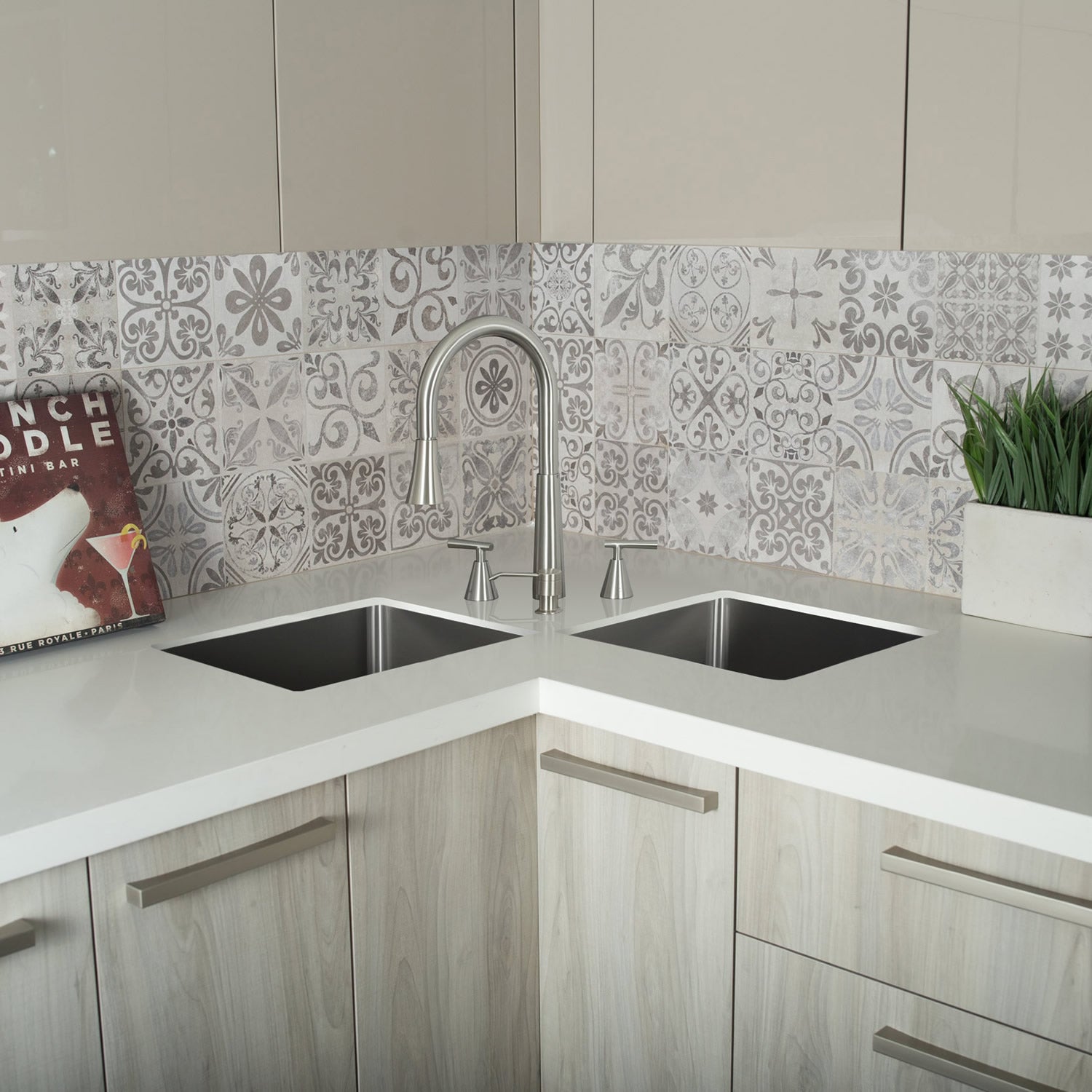
Advantages of corner kitchen sink
A corner kitchen sink offers several advantages that contribute to efficient use of space, improved functionality, and enhanced aesthetics in a kitchen design. By utilizing the corner area, these sinks provide unique benefits that make them a popular choice for many homeowners.
Space Optimization:
One of the primary advantages of a corner kitchen sink is its ability to optimize and maximize the use of space in the kitchen. Here’s how:
Utilizing Unused Corner Space: Corner areas in kitchens are often underutilized and can be challenging to incorporate into the overall layout. A corner sink effectively transforms this neglected space into a functional and practical area.
Improved Traffic Flow: By placing the sink in the corner, you can organize the kitchen layout more efficiently, allowing for better traffic flow and eliminating potential bottlenecks.
Enhanced Countertop Space: Installing a corner sink can free up valuable countertop space along the main walls of the kitchen, providing more area for food preparation, appliances, or other tasks.
Increased Work Area:
A corner kitchen sink offers an expanded work area that enhances efficiency and convenience. Here’s how it benefits your kitchen workflow:
Multiple Workstations: With a corner sink, you can create multiple workstations in your kitchen. This allows multiple people to prep, wash, and cook simultaneously, reducing congestion and improving overall productivity.
Additional Counter Space: Alongside the corner sink, the countertops on either side can be extended, providing more space for kitchen tasks, such as chopping vegetables, gathering ingredients, or placing hot pots and pans.
Easy Access: A corner sink enables easy access to water, reducing the need to move across the kitchen for basic tasks like rinsing vegetables or filling pots.
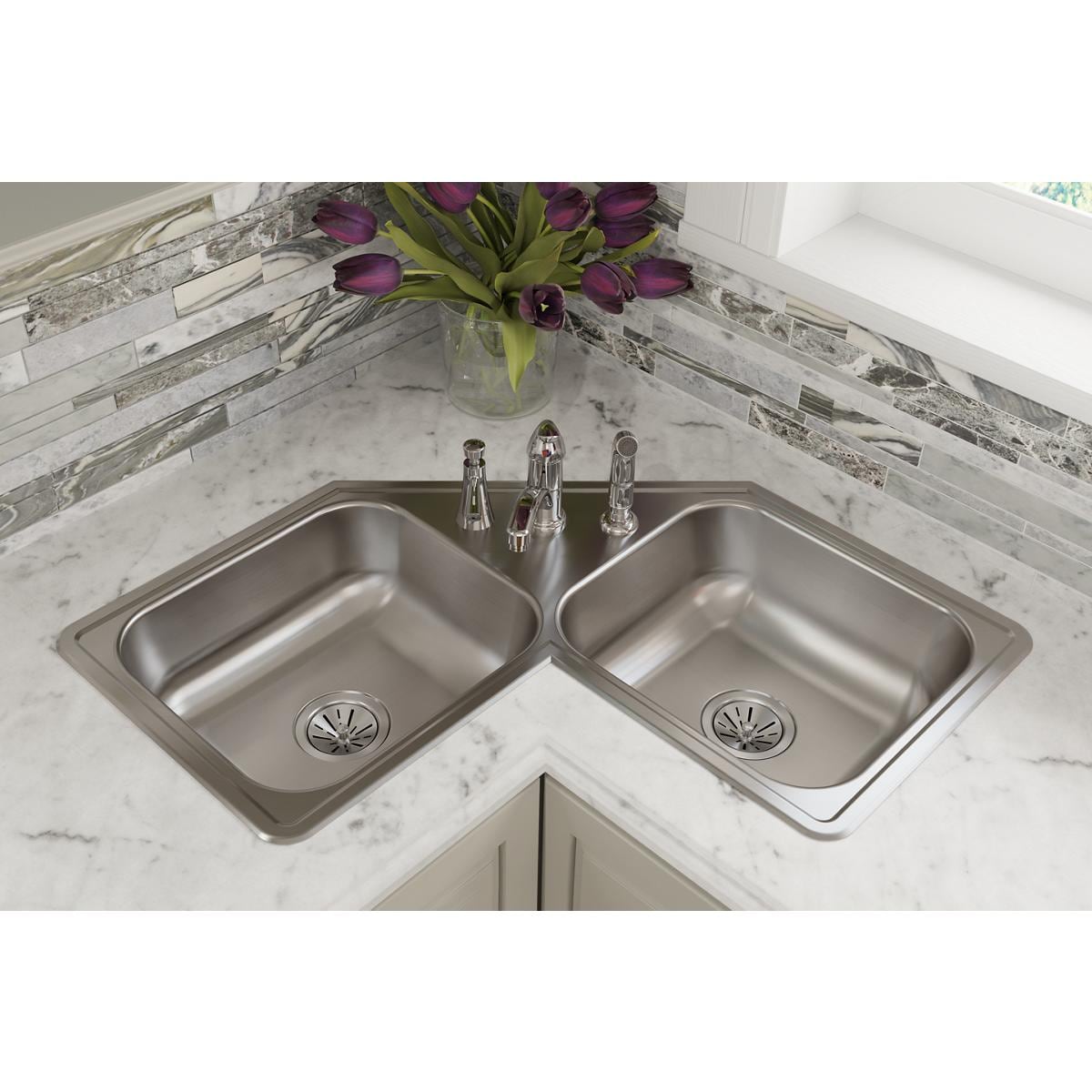
Enhanced Workflow:
The strategic placement of a corner sink enhances the workflow in the kitchen, making daily tasks more efficient and streamlined. Consider the following advantages:
Triangular Work Triangle: With a corner sink, you can create a natural and efficient work triangle between the sink, refrigerator, and stove. This triangular layout minimizes foot traffic and reduces the time and effort spent moving between essential kitchen areas.
Seamless Flow: Placing the sink in the corner allows easy movement between the different work zones in the kitchen. This results in a seamless flow and improved functionality during food preparation, cooking, and cleaning.
Design Versatility:
Beyond the practical advantages, a corner kitchen sink also offers design versatility, allowing for various stylistic options. Here’s how it contributes to your kitchen aesthetics:
Unique and Attractive Look: Installing a corner sink adds visual interest and uniqueness to your kitchen design. It breaks away from the conventional layout and creates an eye-catching focal point.
Customization Options: Corner sinks come in various sizes, colors, and styles, allowing you to choose one that complements your kitchen’s overall aesthetic. Whether it’s a sleek stainless steel sink or an elegant farmhouse sink, you can find a corner sink that matches your design preferences.
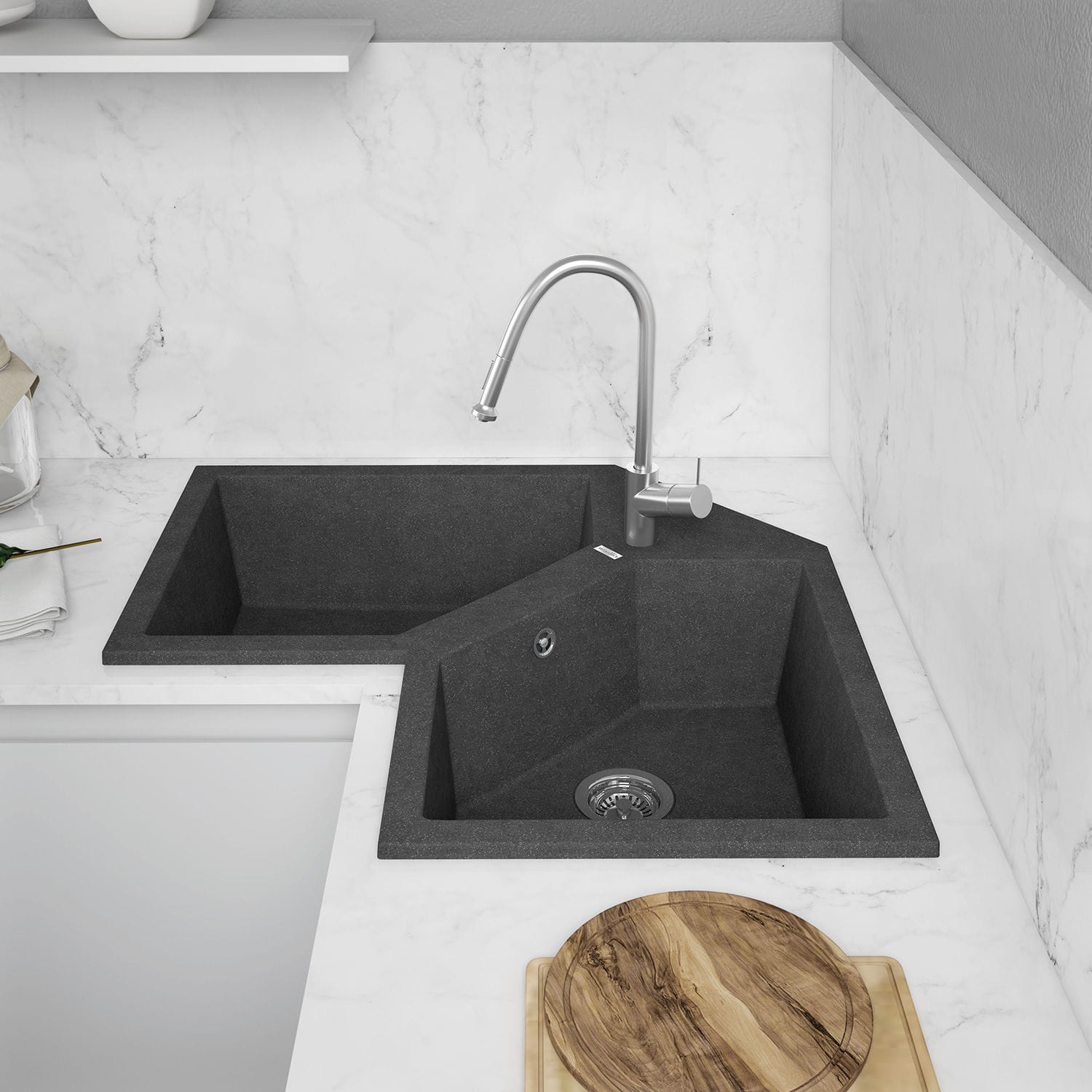
In conclusion
Corner kitchen sinks offer practicality, space optimization, and a unique design element for your kitchen. Whether you choose single-bowl, double-bowl, or triangular sinks, the diverse range of styles and materials provide options to suit various preferences and kitchen layouts. By considering the features, materials, and additional accessories for corner sinks, you can create a functional and aesthetically pleasing kitchen design that maximizes space and enhances daily food preparation activities.
